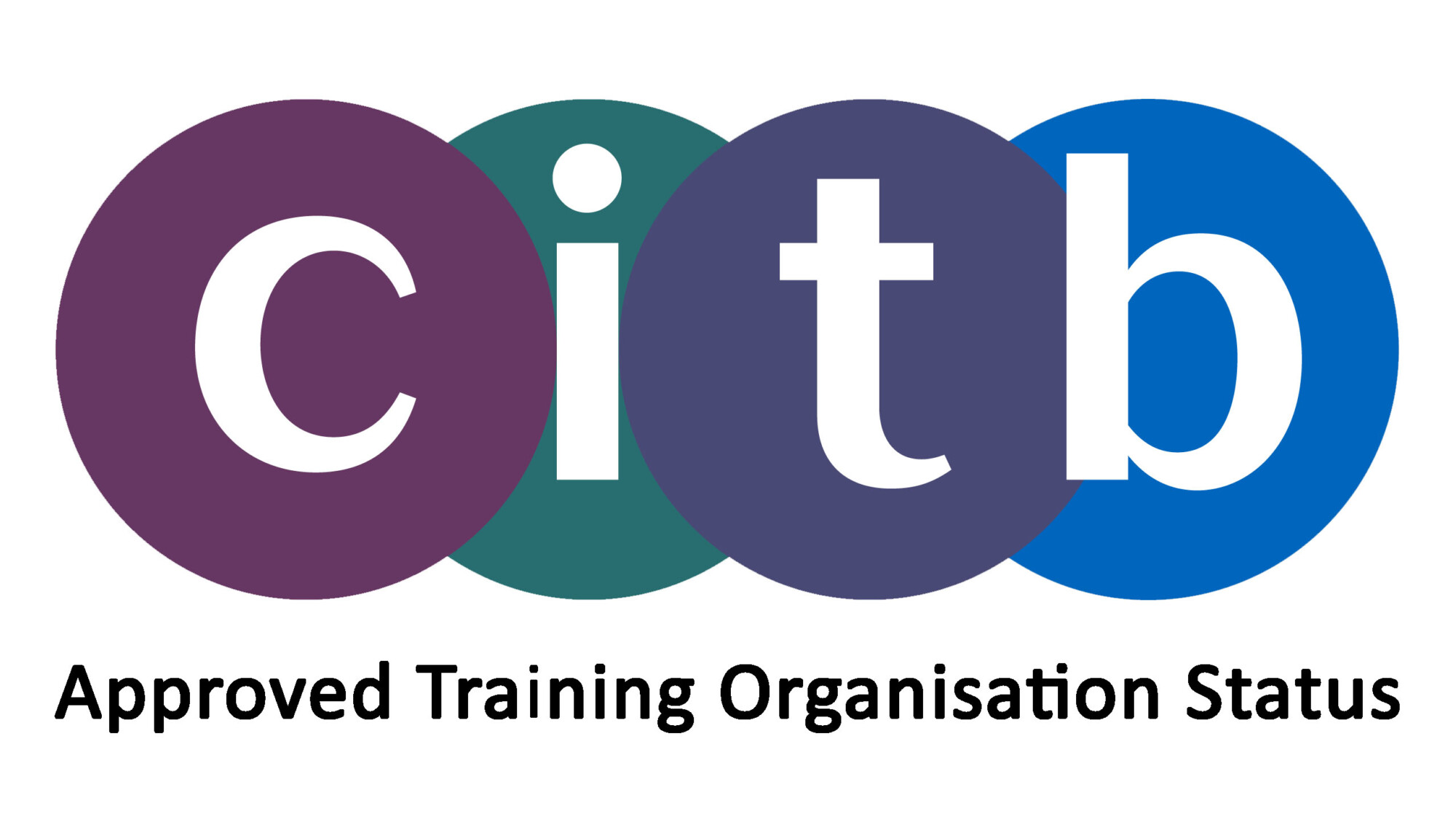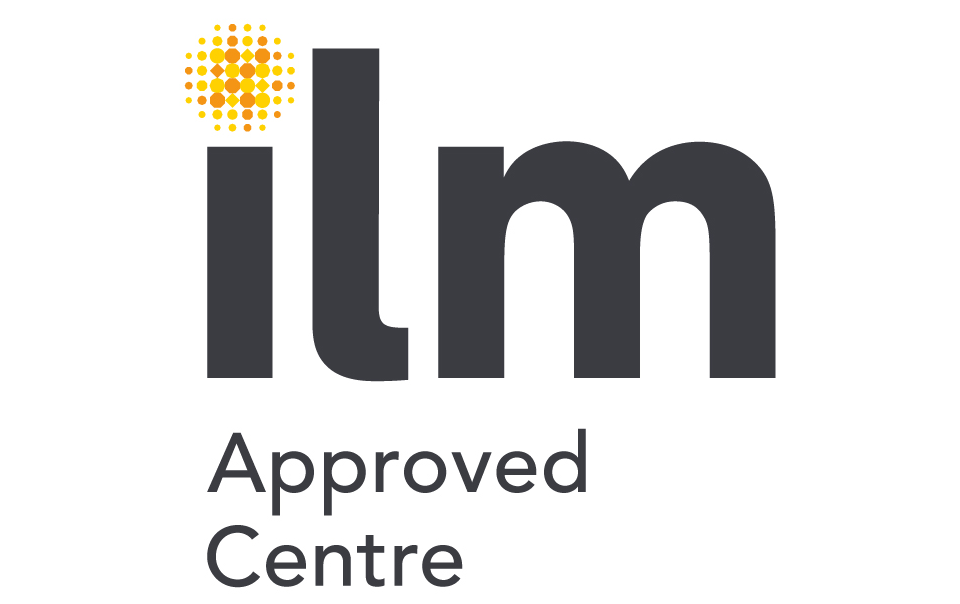Training That Sticks: What Makes Behavioural Change Actually Happen?
How often have you, over the years, attended a training course, said and done all the right things, then returned to work and carried on exactly as before? No actual behavioural change! Don’t be ashamed – we’ve all done it.
But as a business, a training programme that delivers no lasting behavioural change is a wasted investment. Before you commission your next course, ask: will this stick? And what needs to be in place to make sure it does?
The Difference Between Training and Real Behavioural Change
Training can deliver knowledge, but that doesn’t guarantee action. Real change happens when people understand how to apply that knowledge in their role – and feel confident and supported to do so.
What makes the difference?
-
Accountability for action
-
Practical strategies for embedding learning
-
A clear link between the training and real work
-
Support and feedback after the session ends
At Keystone, we design learning based on behavioural science that changes how people think, behave and lead. Not just what they know.
Techniques That Make Training Stick
To embed change, you need more than a one-off event. These strategies help connect training to real, lasting outcomes.
Spaced Learning
Instead of cramming information into one day, spaced learning breaks it up over time. This helps people digest the content, reflect on it, and try it out between sessions.
-
Improves retention
-
Supports habit formation
-
Builds momentum and engagement
Spaced learning works especially well for leadership and behavioural skills.
Coaching for Accountability
Coaching is powerful because it builds self-awareness. It doesn’t just tell people what to do—it helps them figure out how to apply their learning in their own context.
-
Encourages reflection
-
Builds personal ownership
-
Helps shift mindset and behaviour
One-to-one coaching after a training programme increases impact significantly.
Accountability Loops
Training with no follow-up often fades fast. Accountability loops keep the learning alive through structured reflection and check-ins.
-
Helps participants track their progress
-
Creates space for peer learning
-
Reinforces commitment to action
At Keystone, we often embed this into post-training workshops or action learning sets.
Behavioural Change Nudges
Sometimes, small prompts or incentives are enough to tip the balance towards better habits. Nudges work by making the right behaviour easy and rewarding.
Examples include:
-
Positive reinforcement and feedback
-
Gamification or recognition schemes
-
Simple follow-up tools or reminders
When these are built into training design, they help new behaviours take root.
Training only delivers value when people change what they do – not just what they know. That’s why our programmes focus on building habits, confidence and accountability from day one.
Want your training to deliver lasting results?
We create bespoke learning solutions that embed real behavioural change through coaching, accountability and ongoing support.
Talk to Keystone today to design training that sticks.
Esther Patrick is a Client Accounts Director at Keystone and a member of the Senior Leadership Team. An experienced consultant and management author, she has nearly 20 years’ experience leading client partnerships across sectors from construction to healthcare and designing leadership, culture, and team development programmes aligned with their strategic goals and values. Esther is passionate about creative, human-centred learning.



